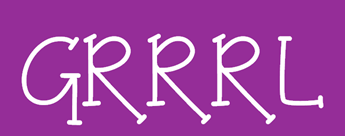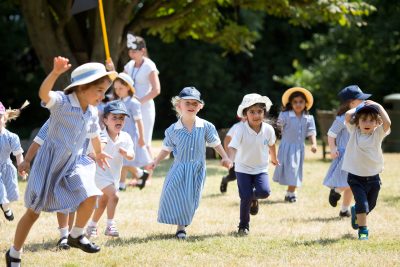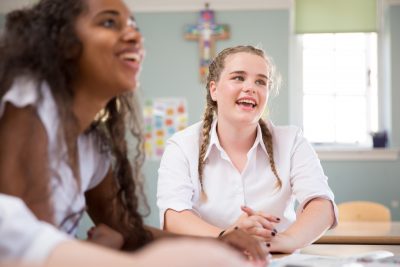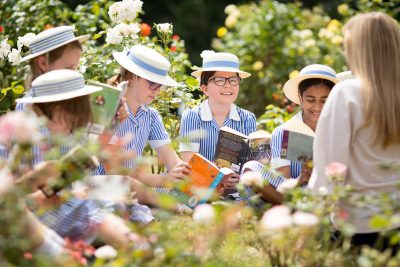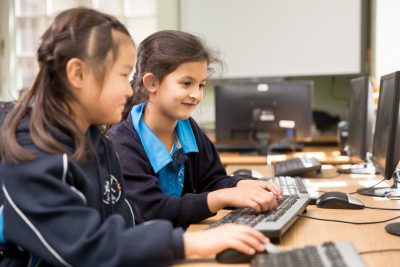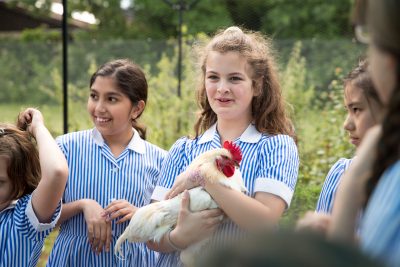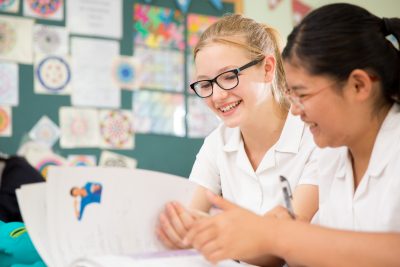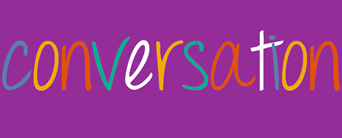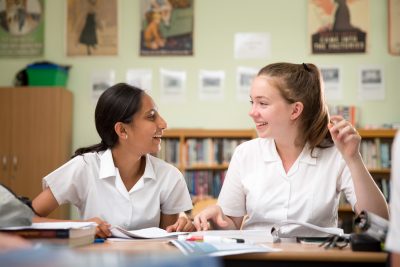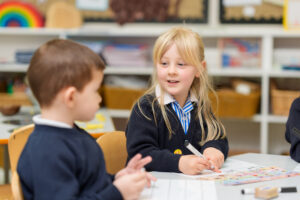Did you know that “whatevs” has entered the English dictionary? You probably knew that “mankini” is used frequently enough to have become a “real” word but did you know that words, which have evolved from texting, have formally been acknowledged? Do you use “Truthiness (n): the quality of seeming or being felt to be true, even if not necessarily true”? How about “Grrrl (n): A young woman regarded as independent and strong or aggressive, especially in her attitude to men or in her sexuality (A blend of “Grrrr” and “Girl.”)” or “Guyliner (n): Eyeliner that is worn by men.” Have you come across or used “Bromance (n): A close but non-sexual relationship between two men”?
All of these coinings reflect the dynamic nature of language and our sense of identity and relationships in 21st Century Western society. What we say reflects our culture. Indeed the portmantbros very specifically convey much of the current debate and legislation around gender. The increasing acceptance of the LGBTQ movement has of course been mirrored in a proliferation of new words as well as attitudes. A voice has literally been given to people about the nature of sexuality and whether or not, like language it is, or can be fixed.
These examples of language change also reveal something of our cultural norms and how these paradigms are shifting. The addition or blending of the prefix to create words like guyliner and bromance, foregrounds the fact that eyeliner is presupposed to be a feminine accoutrement while “romance” has conventionally denoted a heterosexual relationship. These apparently small linguistic changes say a great deal about what it is to be male or female today.
Feminist writers on discourse have often explored semantic space as a literal and figurative place. They have long commented on the ways in which language is a useful barometer of social status. In the past, the nouns “courtier” and “courtesan” had an equality – both referred to someone who worked in the aristocratic courts. “Madam” and “sir”, “spinster” and “bachelor” should carry equivalence but note how in both of these cases (and in others) the female word slides into a negative space. The latest “hoo-ha” (great word – now in the OED) around sexual harassment cannot be surprising when our language routinely diminishes women and the words associated with them. If we want to change behaviour, we must challenge language. In short, does the way we speak, reflect our society or shape it?
I would argue that we should resist the usage of a word like “grrrl” because once again it suggest that if a woman takes on so called male attributes, she risks a criticism which reflects our society’s discomfort with women in power. We should challenge assumptions that women must not dare to tread where men go. While we seem capable of accepting a completely new status quo around gender identity, we seem to be incapable of moving on from old stereotypes or judgements and our language reflects that.
That we have become more informal in our discourse is probably agreed. Generation Z would be very comfortable with the fact that “D’oh (ex): an exclamation used to comment on a foolish or stupid action, especially one’s own” has entered the Oxford English Dictionary. But what about the new entry of “worstest”? Surely that is an example of child language acquisition where children work out the rules of grammar and apply them, often delightfully. My favourite example would be the child who had been watching the news about demonstrations when Margaret Thatcher tried to introduce the poll tax. The child’s favoured insult at the time was to call someone a poll tack. She had worked out that the word tax sounded like a plural and needed to become singular. This is a brilliant example of the language of protest as well as fascinating in showing how we pick up social and grammatical nuances without realising it.
If you have never mined the Oxford English Dictionary (OED) I recommend it highly and you can gain access to it online, for free, through your public library membership. For a word to gain entry it must pass a number of tests. Often it will have been in use for many, even hundreds of years. Indeed it transpires that worstest, added in 2017, has been around for a while and not just as a childish quirk. Thus – “1892 News & Observer (Raleigh, N. Carolina) 23 Sept. Worst—oh, worstest thing of all! I have to stay a girl.” In other words, the OED captures not just language use, but it also acknowledges the moment when language as a living thing becomes fixed – or at any rate as fixed as it can be.
Yet “d’oh” and “worstest” also reflect another aspect of language use. For years I have been challenging my sons’ use of words which I was brought up to regard as impolite; those words, like “jerk”, it transpires are now used routinely in children’s cartoons and books. Like the shifts in notions of sexuality, we have to acknowledge that we are in the midst of a culturally seismic change. Our children and the young people we educate have grown up in a world as different from their parents as those Industrial Revolution children whose parents had experienced the world before railways. I don’t regard myself as especially old, but I did start teaching when we still used blackboards and Banda machines – this is enough to make me feel ancient as young teachers have absolutely no idea what I am talking about, though some might remember the distinctive chemical smell of a fresh handout produced in this way.
There is nothing new about language changing – our inventiveness with language is one of the things, which makes us human. The words we use also reflect historic moments – rightly there has been much interest in the film “Hidden Figures” about the black women whose mathematical expertise put the first man on the moon. The women were called computers because they were conducting the calculations. During that period the IBMs arrived to help speed up the process. Like hoovers, the product was named after the company that produced them. Unlike hoovers, IBMs became known as computers – replacing in every sense the human beings whose job they replicated. The product’s resilience was mirrored in its ability to change name.
Many of our new words reflect emerging technologies and linguistic colonisation; our words reveal the invasion of cultural changes. The English language in times gone by absorbed new words in enormous swathes through physical incursions. The Battle of Hastings saw almost every member of the English aristocracy die to be replaced by French lords. English became the language of the servant and so developed one source of the richness of our vocabulary and its synonyms, which also reflected the class system. The English farmers cared for the sheep, cows and pigs (Old English words) to put the mutton, beef and pork (French words) on the tables of their French overlords. The Renaissance then brought further hundreds of Latinate words with the flourishing of rediscovered texts and thus it was during the 14th century that the OED records the arrival of the word “creativity”. Does that mean that the concept of creativity had not existed before? Or did the Latinate word suggest that it had become something of intellectual value? The word feminism only arrives in the OED in the 1970s. We know women had agitated for equality for hundreds of years before this word was acknowledged by the OED. Once again a word’s inclusion in the dictionary reveals something of our society’s acceptance of the ideas it represents.
So new words reflect the signs of the times. New applications of old words also say something of our values or preoccupations. I am interested in the proliferation of terms used to support students who are struggling with their learning. More specifically they are probably not quite reaching a bar for public examinations. We have a whole raft of activities now for young people where none existed before. We “workshop” to brainstorm ideas – a term expressive of manufactured output or worse we have “surgeries” for those who cannot manage aspects of Chemistry or other subjects. Does your school have “clinics” for extra Maths? Why have we medicalised the language and enjoyment of learning? Learning is not a pathology and it concerns me that we have turned helping with learning into the linguistic equivalent of an A and E. Perhaps we should intubate if someone cannot understand a poem or a begin compressions if a student is unable to tackle an essay with confidence. We already “monitor” progress and conduct lesson “observations” as we subject teachers to the same level of scrutiny. Much is said about the reduction of pupils to mere data – yet a more sinister reduction of their humanity and individuality is occurring through the ways in which we judge educational activity and measurements.
Perhaps we should look to our language use for some of the reasons we now have escalating rates of acute anxiety amongst young people and an apparent epidemic of eating disorders. We could all, teachers and pupils, benefit from ditching “meetings” in favour of “encounters” or “conversations”. We are not automatons – teachers and pupils need life changing and thought provoking experiences. We urgently need a new vocabulary for engaging in learning which is inspired and creative; we seem to be able to find new words for everything else under the sun but we need an equal inventiveness to reclaim education and learning as a space of joy and enthusiasm and playfulness.
Sarah Raffray
Categories: Whole School
